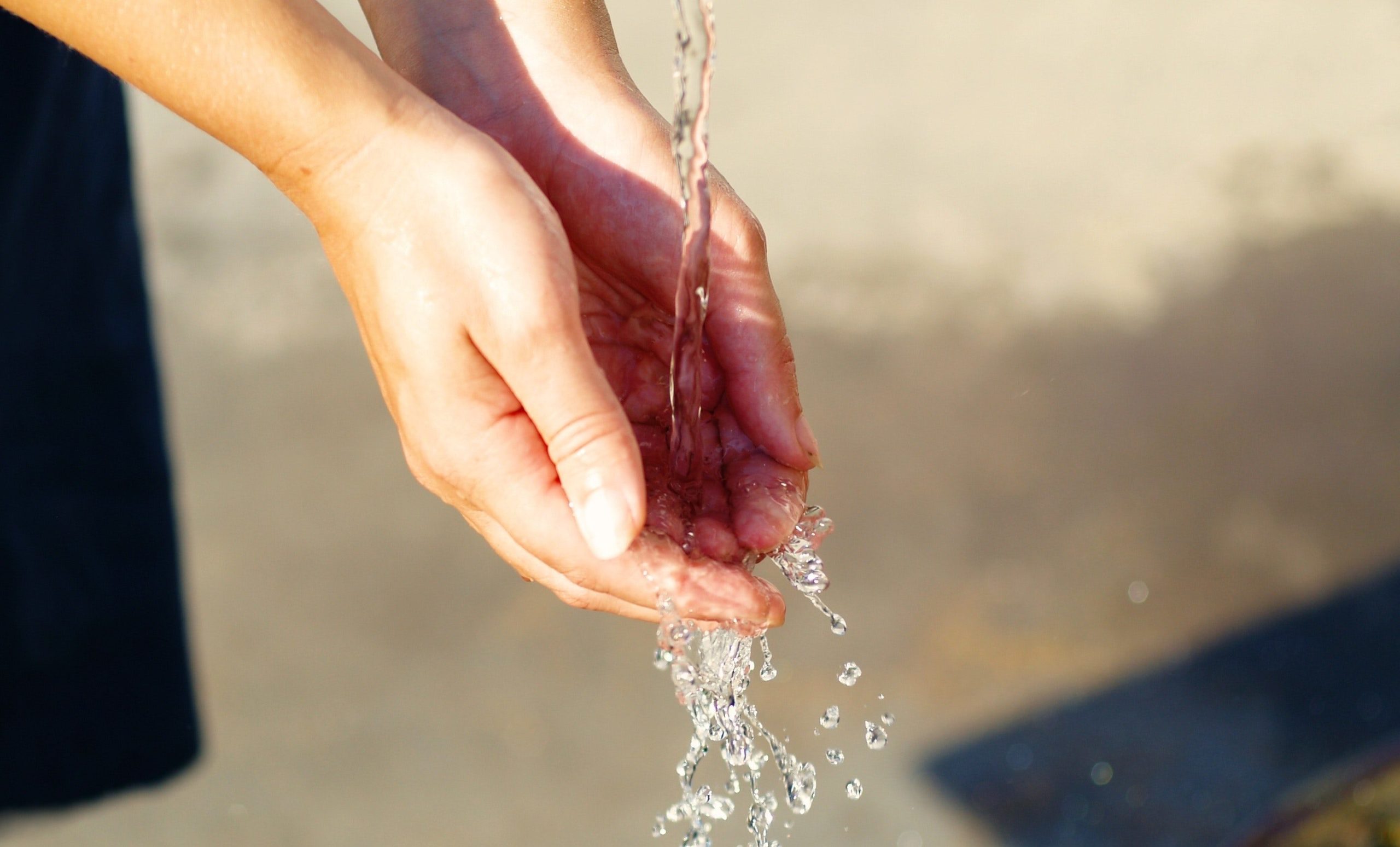A new series of case studies developed from a Royal Highland and Agricultural Society of Scotland (RHASS) initiative will look at how a collaboration between Moredun Research Institute and Scottish Water led to improved water quality, animal disease control and habitat creation, within the Glenlivet region in the Scottish Highlands.
The aim of the collaboration was to show how scientific collaborations lead to improved water quality in Scotland – and have already delivered big wins for public and animal health, the RHASS said.
“Our key driver for this project was to improve the quality of water courses and reduce the risk of disease transmission to benefit public health,” said microbiologist James Green from Scottish Water.
In 2022, Scottish Water’s sampling data returned only two positive detections of Cryptosporidium spp. in raw (source) water samples, compared with 73 in 2014.
Historically high levels of Cryptosporidium spp., a diarrhoea-causing parasite, were detected in samples from Tomnavoulin’s drinking water supply in 2014, the society said.
At the time cattle, sheep and red deer were able to access the drinking water supplies source water, and Moredun scientists made the link with high incidences of neo-natal calf disease in the Glenlivet area, afterwhich they took steps to gather and analyse data to understand the scale of the problem.
Together with Scottish Water, the scientists worked with farmers and offered advice on disease control and guidance on better land management to minimise the impact on drinking-water quality.
In the past eight years, Cryptosporidium spp. detection rates in the water supply subsequently dropped, RHASS said.
“The drop in Cryptosporidium spp. detections is down to changes in the environment, whether that is land management changes, changes in farming techniques or changes due to climate or other environmental factors,” added Green.
“Working closely with farmers and landowners has been critical to improving raw water quality across the whole of Scotland and will remain vital moving forward.
“If we can improve the quality of raw water, then it means we can use less energy and chemicals during the treatment process, when we purify it for safe human consumption.”
Moredun scientist Beth Wells led the project at the time and pointed out that getting on top of disease delivered a multitude of other benefits for society.
“We have always known that if you can get on top of animal health you can also make inroads in other areas, such as emissions reductions, and in this case, improving water quality and boosting biodiversity by improving local riparian habitats,” she said.
“Water quality is one of the founding principles of safe food and drink production and the role science plays within that cannot be understated.
“If we can join up the science with good animal husbandry and land management practices, then it is a win-win for animal health, the natural environment and protecting Scotland’s most valuable natural resource, water.”

